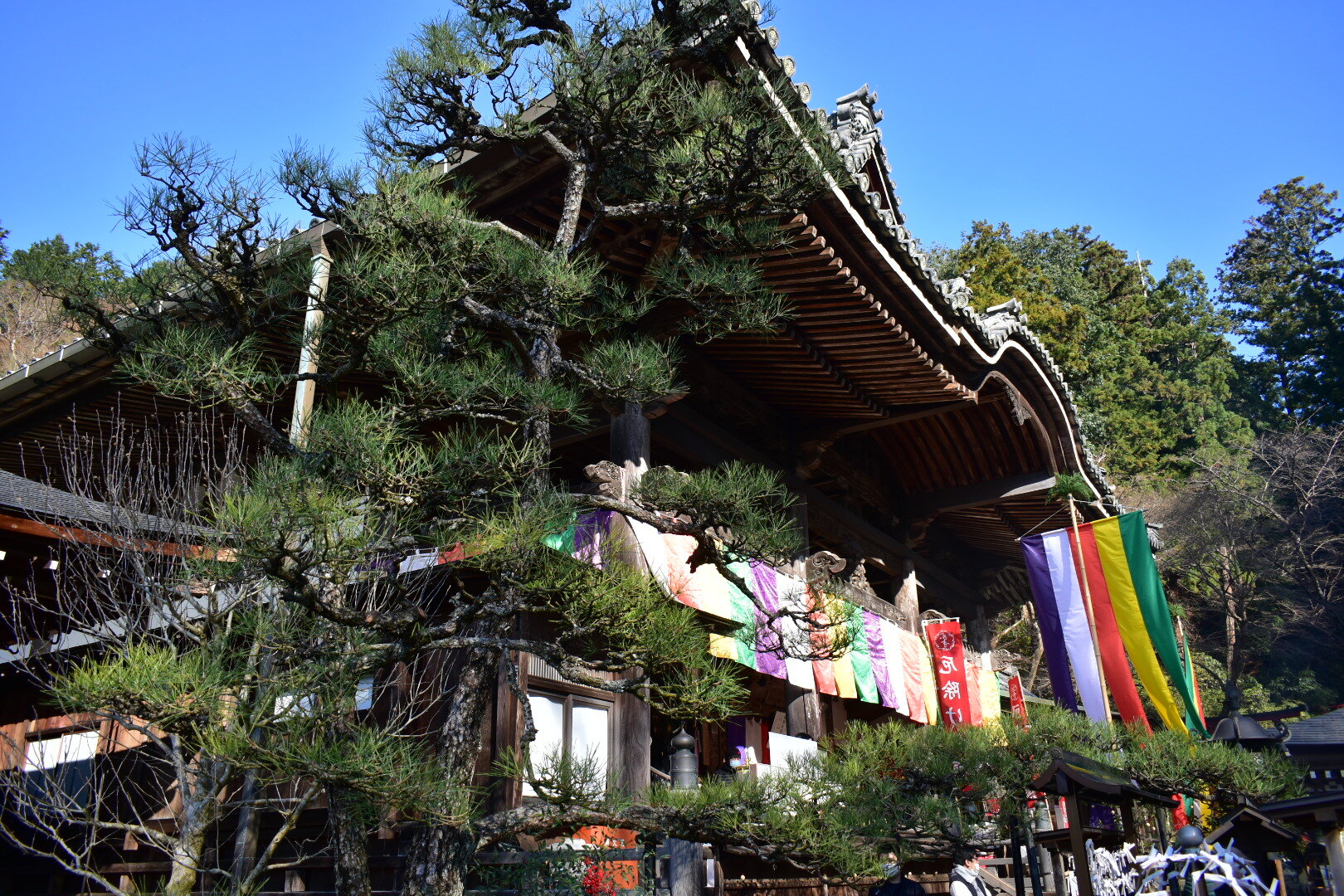Oka-dera (Ryûgaiji)
Oka-dera is a temple founded in the 7th century in the foothills of southern Nara. This temple is one of many temples originally founded in the Asuka Period, the first period in Japan where the government adopted Chinese philosophy, religion, and standards. The name “Ryûgai,” meaning “Dragon Lid” is from a story saying that the first head monk of the temple defeated a dragon terrorizing the temple and trapped it in a pond on the grounds. The monk used a large stone as a lid to keep the dragon trapped within. The dragon repented and agreed to protect the temple and grant good luck to its visitors. It’s said that the rock will begin to shake in anticipation of rainfall.
For the casual: 7. For the educated: 7.
Oka-dera is a really great temple in a very lovely section of southern Nara Prefecture. With ancient earthen tombs just around the corner, a variety of temples and shrines only a short walk away, and the city of Kashihara a brief drive down the road, Oka-dera is both easy to access but equally free of large crowds.
The temple has only a handfull of buildings in the complex: a main gate, a main hall for worship, and a pagoda on the hill above. Yet despite that, the colors of the wood, the smell of incense, the seasonal flowers and changing leaves create a beautiful tapestry to enjoy regardless of season. It’s not a flashy temple and it can’t hold a candle to the temples of northern Nara or Kyoto, but if you’re looking for a day of temple hopping in the first capital, then I can’t think of many other places to just walk (or bike) and enjoy everything there is to see.








